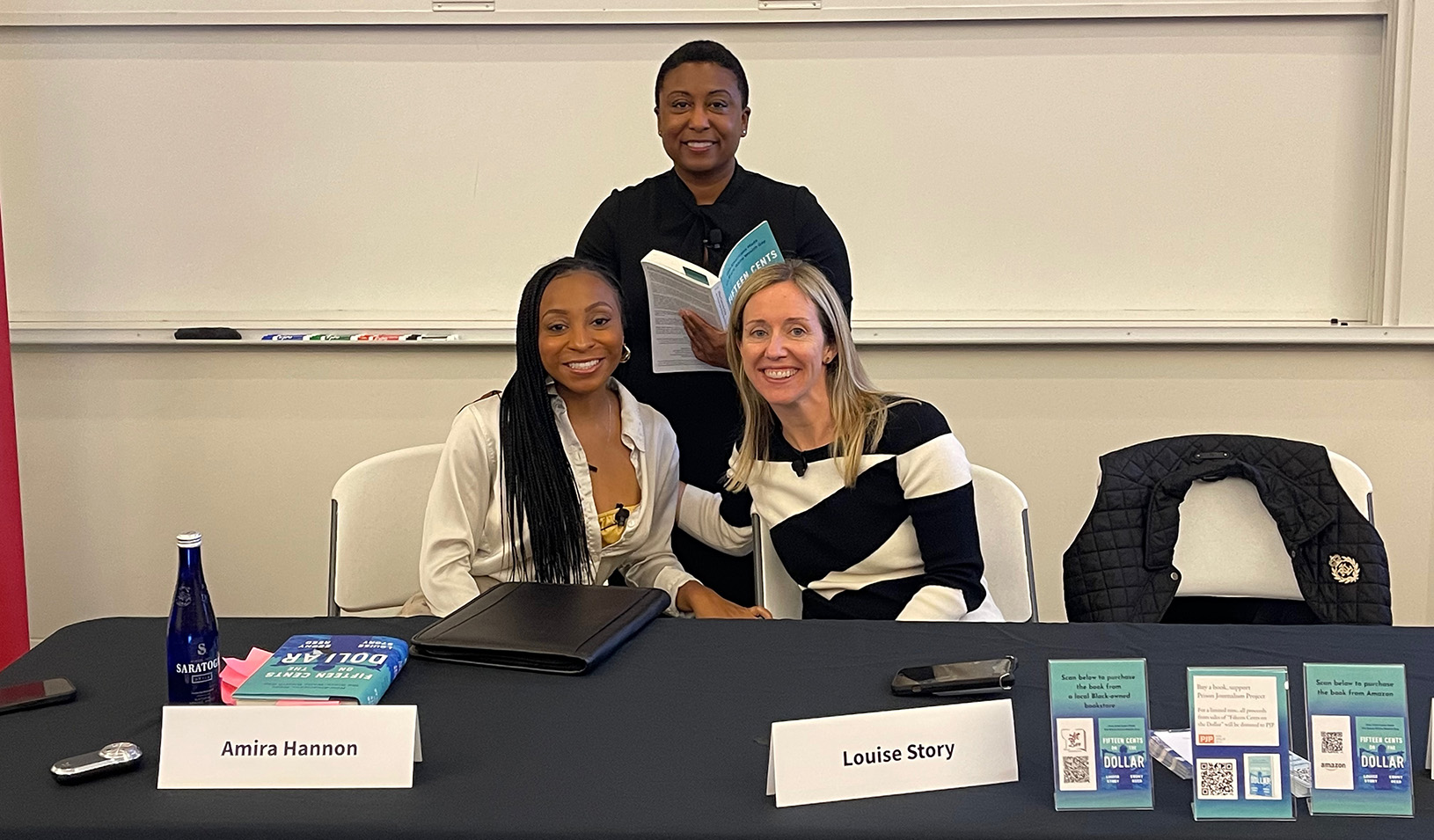As greater numbers of women, ethnic minorities, and other “nontraditional” employees join the workforce, the increasing heterogeneity of employee groups has had a greater negative effect on white males than on nonwhites or women,researchers say.
Work done by Anne S. Tsui, and Terri D. Egan of University of California at Irvine, and Charles A. O’Reilly III, of the Stanford Business School found that men in homogeneous work units reported the highest commitment to their jobs. But, the researchers said, the commitment of white males fell off as work groups became more heterogeneous. As the homogeneous makeup of their work groups eroded,white male workers became less closely attached to their fellow workers;they had higher rates of absence and reported a lower intention of staying with the firm.
In their study, Tsui, Egan, and O’Reilly found that diversity didn’t have as strong an effect on women and minorities as it did on white male workers. In fact, women who worked primarily with men became more strongly attached to their work unit. The attachment of all Caucasians decreased as more minorities were included in the group, while nonwhites showed no less attachment to their work unit when they were in the minority.
“It may be that the lack of reaction by women and nonwhites to being different is conditioned by their changing social status,” say the authors. “Women and minority employees in this sample may hold higher-status jobs that historically were dominated by men and whites. Conversely, the negative reaction of men and whites may reflect a perception of diminished status.”
Tsui, Egan, and O’Reilly conclude that heterogeneous groups need to be studied from the viewpoint of the majority as well as the minority. Researchers should devote more attention to the adjustment process of the dominant group rather than restrict their research to “how women and people of color ‘fit’ the dominant culture,” they write.
“Equally important are the interactions among individuals who are demographically different. We know little about the communication structure, conflict and influence styles, and decision approaches of heterogeneous versus homogeneous groups.” While heterogeneous groups appear best at tasks that require creativity and judgment, they note,these groups can also decrease cohesiveness and increase turnover in firms. Managers, it seems, face a difficult balancing act.
The three researchers surveyed 1,705 workers in three large organizations: two Fortune 100 firms and a state agency that operates mental health hospitals. The workers were men and women, white and nonwhite, supervisors and nonsupervisors.
For media inquiries, visit the Newsroom.






